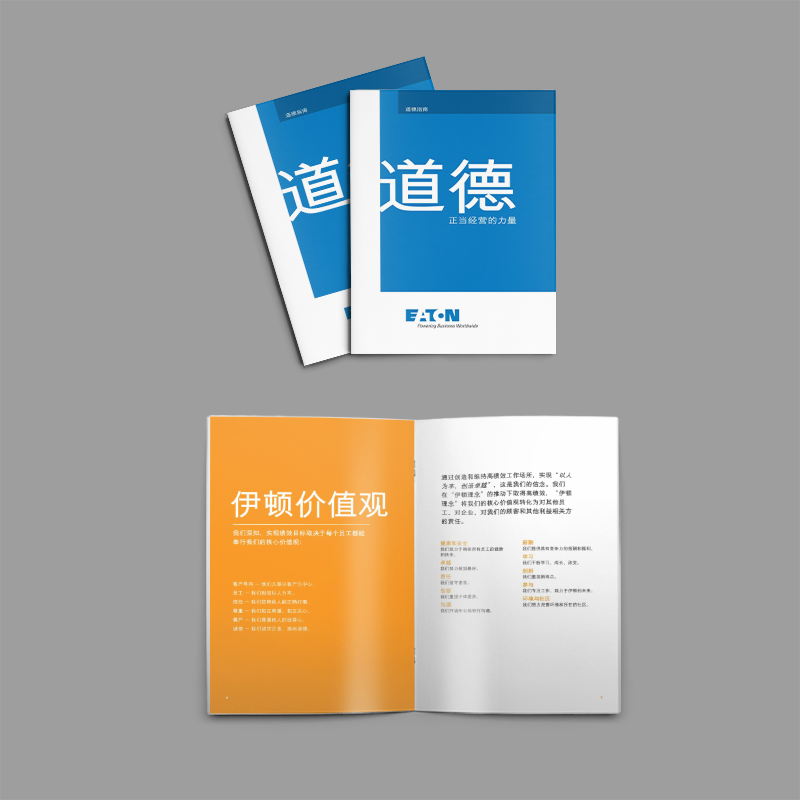Types and properties of paper used in printing materials
With the continuous progress of society and the continuous development of science and technology, printing has become an indispensable link in modern cultural life. In the process of printing, paper, as the carrier of printed matter, plays an important role. For printing production, the types and properties of paper are very important, and we need to understand and master carefully. Below, we will discuss the type and performance of paper in printing materials from two aspects.
I. Types of Paper
Paper is one of the most widely used materials in the printing process. In general terms, paper is a flat material made of cellulose fibers. According to the different raw materials, paper can be divided into many different types, below, we will mainly introduce a few common types of paper.
1. Writing paper
Writing paper is the most common type of paper in printing materials, because in our daily life, we will use a lot of things that cannot be printed, such as notes, records, etc., at this time we need to use writing paper for writing. Writing paper is usually made of wood pulp paper, mixed wood pulp paper or real cotton paper. After a series of processing, it can obtain different thickness and gloss for different purposes.
2. Printing paper
Printing paper refers to the paper specially used for printing, mainly used for printing various pictures and words. It can be divided into newsprint, book paper, wrapping paper and so on according to different uses. The production of printing paper is very particular, it needs to consider the corresponding color saturation, flatness and other properties to achieve high quality and high efficiency requirements.
3. Special paper
Special paper refers to paper for special purposes other than writing paper and printing paper. For example: Banknote paper, tobacco paper, film paper, etc. Because of its special applications, there are special requirements for its materials and properties.

II. Performance of Paper
In addition to classifying the paper according to the raw materials, we can also classify the paper according to the properties of the paper, so as to achieve a better use effect.
1. Thickness
The thickness of the paper is one of the most basic aspects of its performance, also is the intuitive performance, that is, the thickness of the surface layer of the paper. In the printing process, the thickness of paper is related to how to express the color, how to use the machine to print, and so on. Therefore, the thickness of paper is very important.
2. Transparency
Transparency refers to the degree to which light can penetrate the material into the material. In the process of printing, we often need to consider how to express the content from the aspect of transparency, which is related to people's reading experience.
3. Resilience
Toughness usually refers to the flexural strength of the paper. In the process of printing production, if the paper has a certain toughness, it can more easily resist climate change, production in sub-health state and other adverse factors, therefore, increasing toughness can greatly improve the paper production efficiency.
In summary, the paper as aprinting productionImportant components in materials, their types and properties are very important. We need to choose the right paper according to the actual use, so as to achieve better printing results, improve the quality and value of the printed matter.
Recommended Reading:
Towards Intelligence: Application of New Technology in Shanghai Album Printing
From design to printing: Shanghai album printing creativity limitless
Analysis of Competitive Advantages and Disadvantages in Shanghai Album Printing Market



